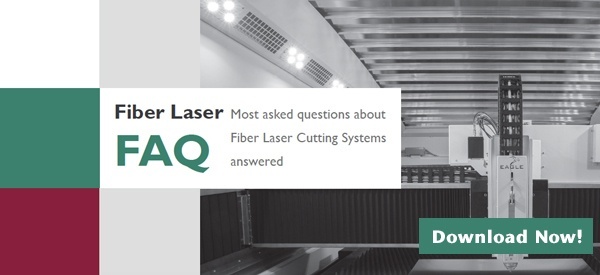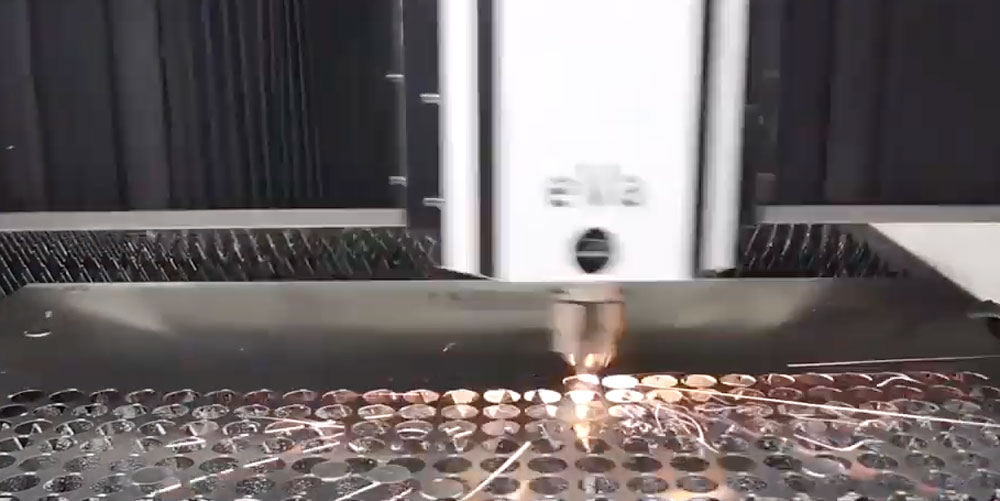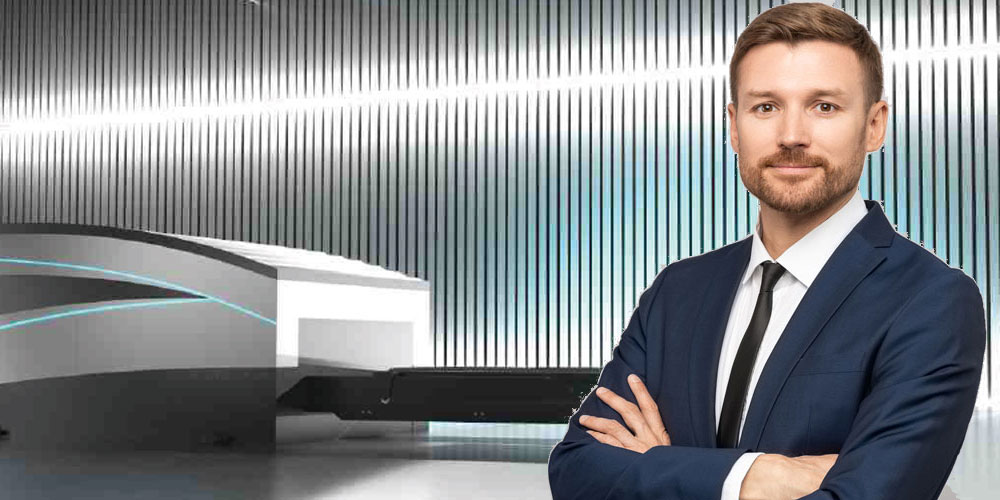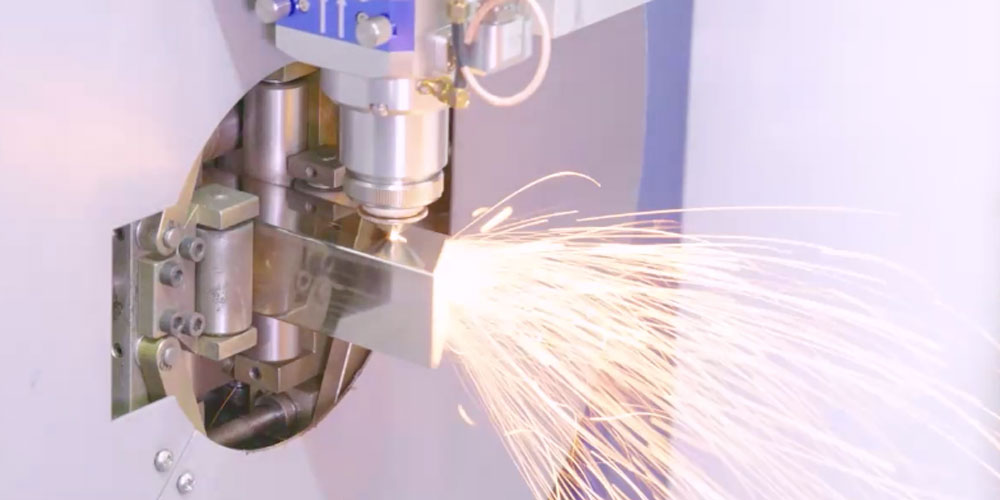
Fiber Lasers And CO2
Fiber lasers are all the rage right now and the metal fabrication industry is buzzing over each new innovation. Fabricators are questioning whether they should ditch their CO2 machines. The question on everyone’s mind is: how do fiber lasers compare with CO2 and should you make the switch?
Let’s explore how Fiber Lasers measure up against CO2:
Functionality of Fiber Lasers
Fiber lasers are known for their simplicity in terms of components while maintaining a sophisticated feature array. The laser light is channeled and amplified through fiber optic cable, which is then focused by a lens. Unlike traditional CO2 lasers, there are no expensive optical mirrors, the focusing lens is sealed in the cutting head and the creation of the light is 200% more efficient.
Solid state resonators have the advantage of fewer moving parts. In fact, there are no moving parts in the light-generating source. This is a major benefit when it comes to operating costs and maintenance.
Speaking of maintenance costs…Fiber Lasers win hands down
Comparatively powered fiber lasers are as much as 50% cheaper to operate than CO2. With a simpler, more efficient design, fiber lasers require 50% lower servicing costs and machines can run 50% longer between servicing. Those dollar and time savings can be great for your bottom line. When your machine run smoothly, for long periods, you can spend more time cutting parts.
In addition to service, fiber lasers slash costs when it comes to energy consumption. They have higher electrical efficiency, consuming less electricity for the same output. In most cases, fiber lasers use up to 50% less power than comparable CO2 machines, with high beam quality.
Fiber Laser Power
One of the most incredible things about solid state resonators is their capacity to produce almost limitless power. Fiber lasers have a wider availability of power, allowing them to process a range of materials along with many other benefits. Fiber lasers offer power up to 12,000W; a massive leap from common 6,000W machines. This is something CO2 can’t compare with.
Fiber Lasers: Making the cut
One of fiber lasers’ biggest claim to fame is their ability to cut thin materials at unbelievable speeds. When measured against comparable CO2 machines for straight line cutting, fiber lasers cut 1mm mild, galvanized or stainless steel three time quicker, and twice as fast for 2 mm materials. The linear motors not only allow for more efficiency, but high rates of acceleration and deceleration and heightened accuracy.
In addition to speed for thin materials, fiber lasers are celebrated for the ability to cut reflective materials like brass, copper, and aluminum.. The beam control in fiber lasers is unparalleled and they have the ability to perform complicated piercing routines with fewer operator interventions.
When it comes to cutting thicker materials, however, CO2 still shines. For sheets ¼ inch or thicker, CO2 is comparable in speed but fiber lasers are catching up! Fiber lasers are showing they can handle many thicker materials at comparable speeds.
For many fabricators, fiber lasers come out on top. With a host of benefits including cost savings and increased productivity solid state seems like the clear choice. But, does that mean you should replace your CO2? That all depends on how you use it, what you’re processing, and what volumes you produce (or want to produce). Digging into your cost per part is a great place to start. One thing is for sure, with constant innovations coming out this is an exciting time for not only fiber lasers, but the manufacturing industry at large.













Comments
Add Comment